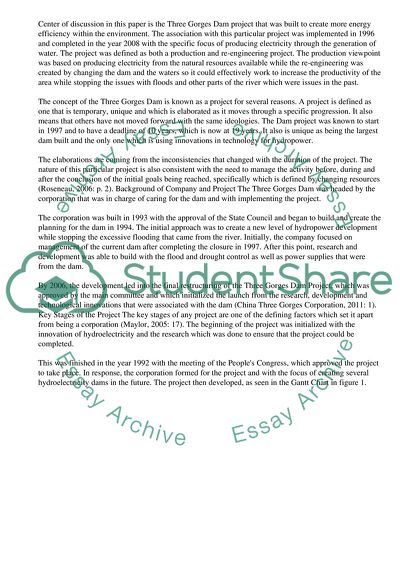Cite this document
(“The Three Gorges Program, China: Re-building Natural Resources Essay”, n.d.)
Retrieved de https://studentshare.org/management/1390155-the-three-gorges-program-china-re-building-natural-resources
Retrieved de https://studentshare.org/management/1390155-the-three-gorges-program-china-re-building-natural-resources
(The Three Gorges Program, China: Re-Building Natural Resources Essay)
https://studentshare.org/management/1390155-the-three-gorges-program-china-re-building-natural-resources.
https://studentshare.org/management/1390155-the-three-gorges-program-china-re-building-natural-resources.
“The Three Gorges Program, China: Re-Building Natural Resources Essay”, n.d. https://studentshare.org/management/1390155-the-three-gorges-program-china-re-building-natural-resources.


